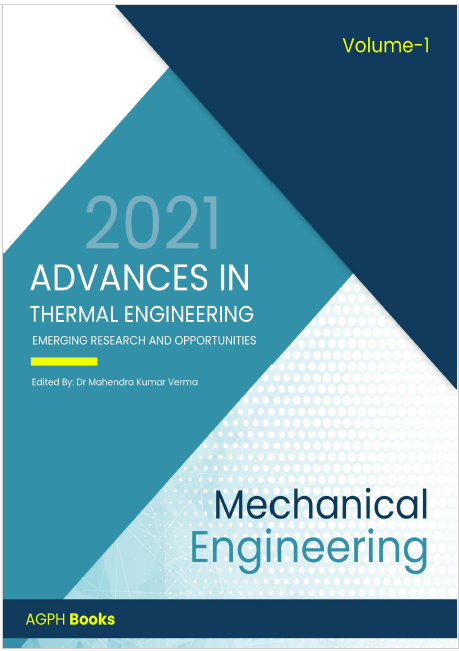A Review of Thermal Fluid System and Thermal Transport
Keywords:
Fluid transport, Thermal fluid system, Nano fluidAbstract
A solar thermal system's efficiency, cost, and dependability are all significantly impacted by the heat transfer fluids used in the system. In this study, we use a novel figure of merit that takes into account the fluid's thermal storage capacity, its convective heat transfer properties, and its hydraulic performance to rank different types of heat transfer fluids including oils and molten salts. Safety, freezing point, and thermal stability considerations are also covered. Using a comparative study, we look at the advantages and disadvantages of several fluids for use in solar thermal heat transfer systems, such as water-steam combinations (direct steam), ionic liquids/melts, and suspensions of nanoparticles (nanofluids).
References
[1] Ali, A. R. I., & Salam, B. (2020). A review on nanofluid: preparation, stability, thermophysical properties, heat transfer characteristics and application. SN Applied Sciences, 2(10), 1-17. https://doi.org/10.1007/s42452-020-03427-1
[2] Han, Z. (2008). Nanofluids with enhanced thermal transport properties. ProQuest Dissertations and Theses, 203. http://search.proquest.com/docview/304564399?accountid=12528%5Cnhttp://monash-dc05.hosted.exlibrisgroup.com/openurl/MUA/MUL_SERVICES_PAGE?url_ver=Z39.882004&rft_val_fmt=info:ofi/fmt:kev:mtx:dissertation&genre= dissertations+&+theses&sid=ProQ:ProQuest+Diss
[3] Hodel, A. E. (2004). Heat Transfer Fluids. Chemical Processing, 67(2), 45. https://doi.org/10.1615/AnnualRevHeatTransfer.2012004122
[4] Javvadi, V. S., Panitapu, B., Gangam, R., & Kulkarni, H. (2020). A review on Mechanism of fluid flow and Transfer of Heat in Closed Loop Pulsating Heat Pipe. E3S Web of Conferences, 184, 1-6. https://doi.org/10.1051/e3sconf/202018401056
[5] McKay, A., & Franklin, R. (2011). Fire and explosion hazards with thermal fluid systems. Institution of Chemical Engineers Symposium Series, 156, 89-93.
[6] Mylona, S. K., Assael, M. J., & Wakeham, W. A. (2014). Transport Properties of Fluids. Reference Module in Chemistry, Molecular Sciences and Chemical Engineering. https://doi.org/10.1016/B978-0-12-409547-2.11001-7
[7] Schmidt, P. S., Jones, J. W., Vliet, G. C., & Jones, T. L. (2003). A project-centered approach to teaching of thermal-fluid systems analysis and design. ASEE Annual Conference Proceedings, 2391-2402.https://doi.org/10.18260/1-2--12376
[8] Umer, S., Marneni, N., Shuib, A., & Pendyala, R. (2012). Viscous and thermal transport properties of fluids with nanoparticles : A review. June 2017.
[9] Vivar, M., & Everett, V. (2014). A review of optical and thermal transfer fluids used for optical adaptation or beam-splitting in concentrating solar systems. Progress in Photovoltaics: Research and Applications, 22(6), 612-633. https://doi.org/10.1002/pip.2307




